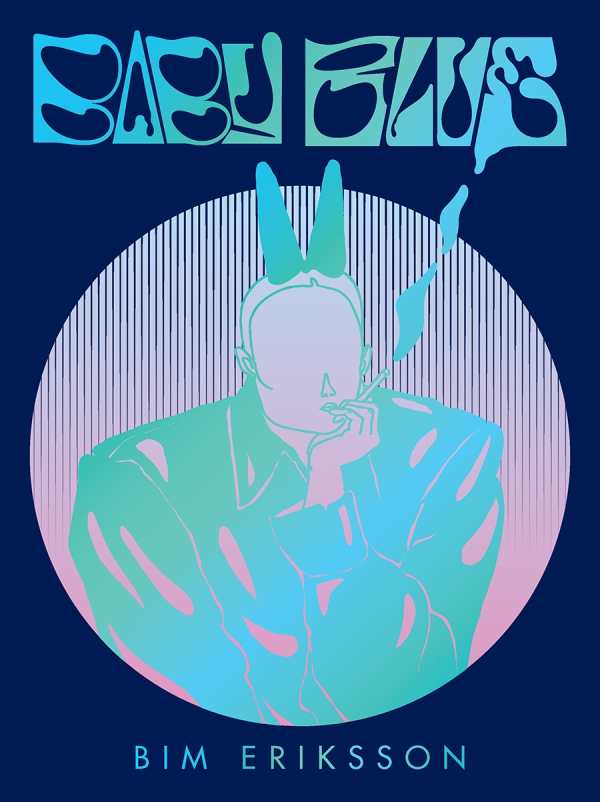Baby Blue
A woman struggles in a fascist state that mandates intrusive treatment for anyone who differs from the norm in the startling graphic novel Baby Blue.
Betty works at a coffee shop until her world is turned upside down by witnessing a suicide. When she’s seen crying after the incident, she’s reported as a deviant. She is forced to endure a government-run psychiatric examination.
During an intravenous treatment intended to keep her docile, Betty meets Berina, a fellow patient. Betty changes her name to Baby and is introduced to a secret group of deviants that conducts attacks on the government. Baby and Berina develop feelings for each other, and when Baby is taken again by government authorities, a rescue operation is launched. Baby finds peace with herself in her new role as part of the resistance.
In the book’s futuristic setting, social norms are regulated via harsh punishments toward the noncompliant. The book’s block illustrations and monochrome color scheme enhance its sense of unease and paranoia. People wear masks to protect their identities—Berina, for example, goes about her days in a rabbit mask, complete with long, floppy ears. It’s a striking visual metaphor as the characters hide from society; when Berina reveals her face to Baby, it’s a meaningful moment.
Baby Blue is a hopeful graphic novel about fighting social compulsions to conform and finding strength in one’s own identity.
Reviewed by
Peter Dabbene
Disclosure: This article is not an endorsement, but a review. The publisher of this book provided free copies of the book to have their book reviewed by a professional reviewer. No fee was paid by the publisher for this review. Foreword Reviews only recommends books that we love. Foreword Magazine, Inc. is disclosing this in accordance with the Federal Trade Commission’s 16 CFR, Part 255.

